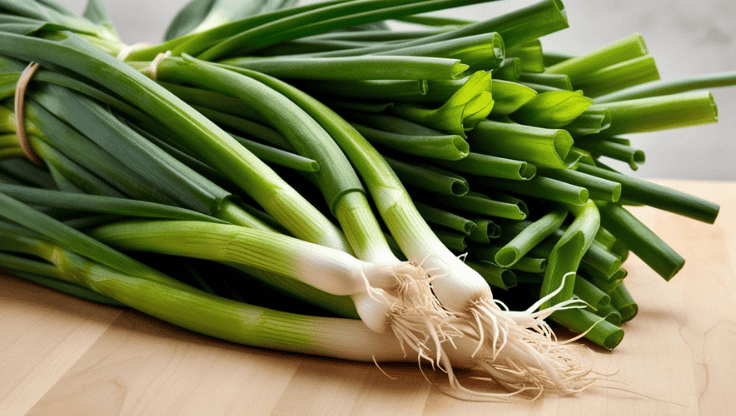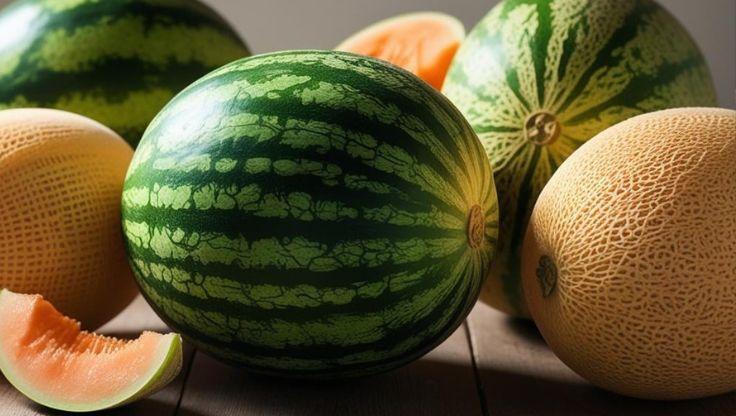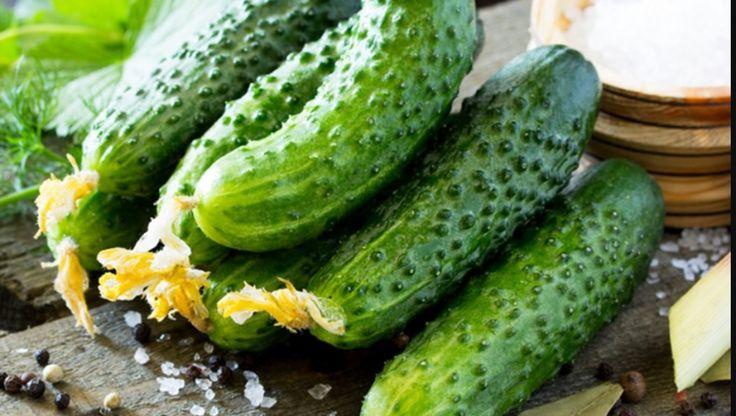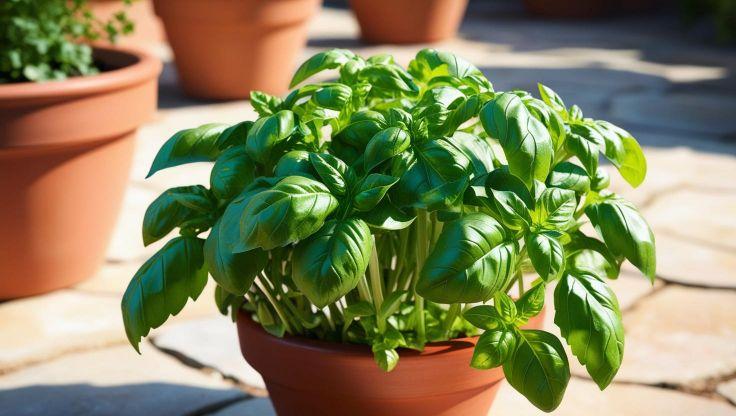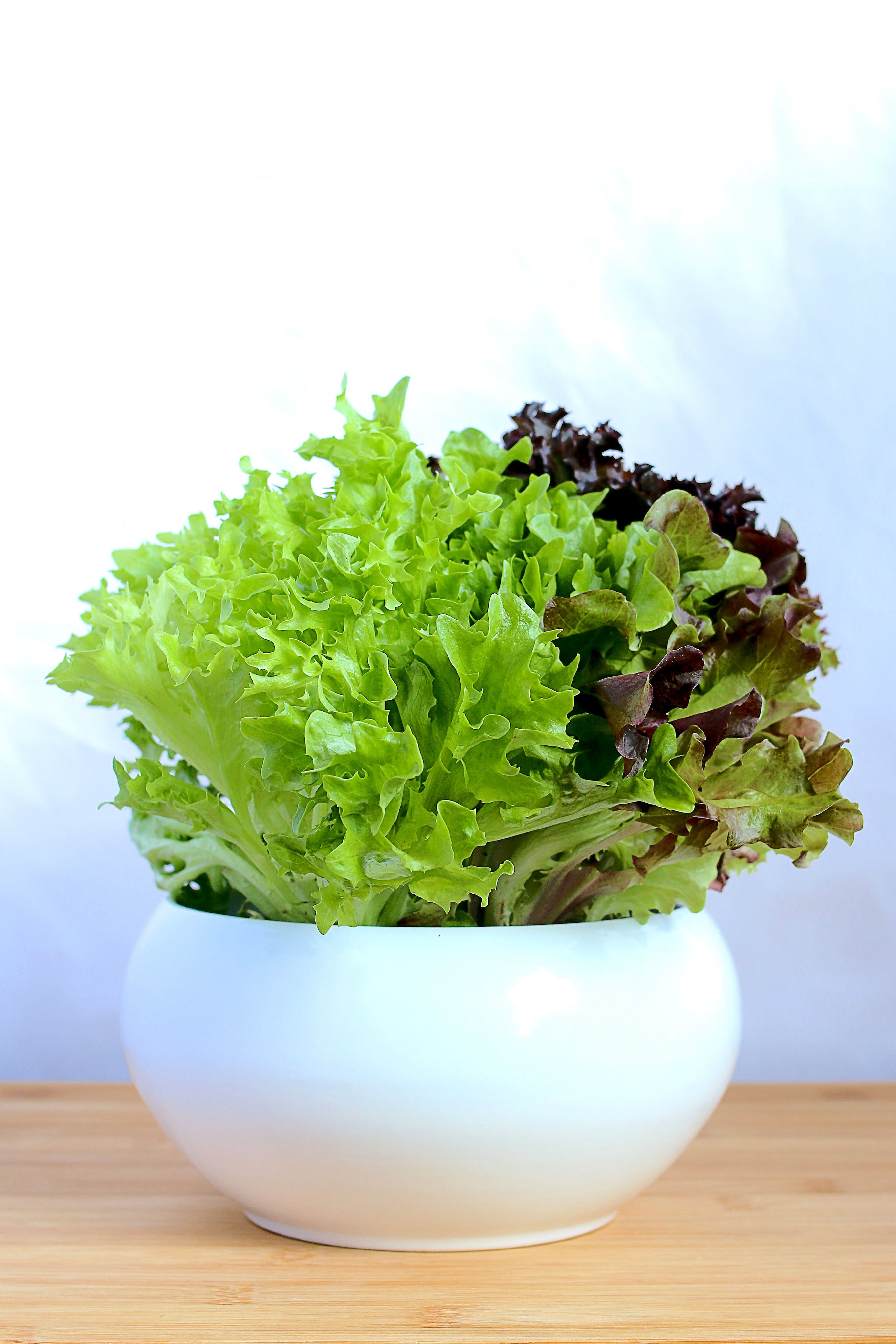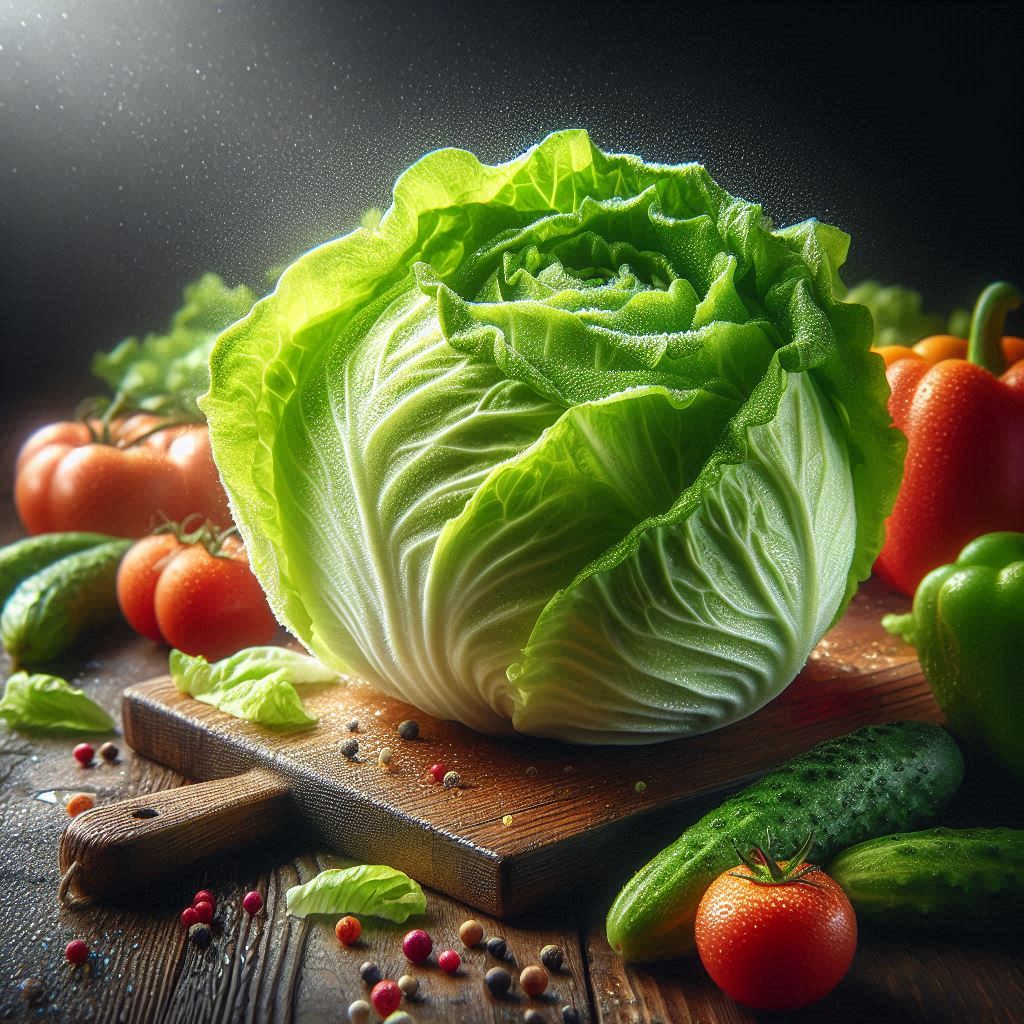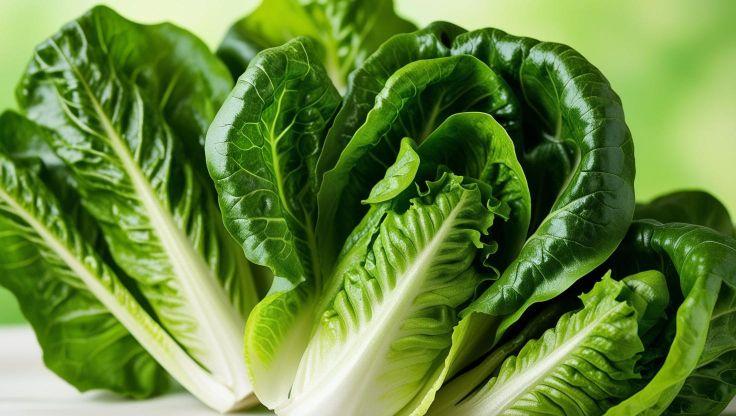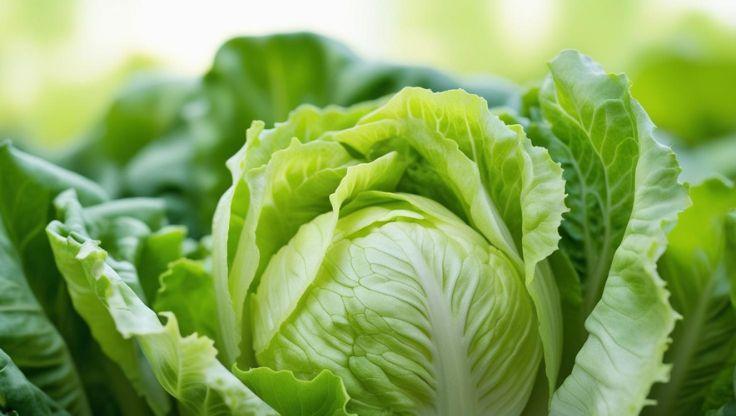Hydroponic Plants: A Complete Guide to Growing Iceberg Lettuce
Iceberg lettuce (Lactuca sativa var. capitata), known for its crisp texture and mild flavor, thrives as a hydroponic plant due to its ability to grow efficiently in controlled environments. Unlike traditional soil farming, hydroponic systems provide steady nutrient absorption, reduce pest risks, and optimize growth conditions, resulting in fresher, higher-quality produce. The hydro garden method also minimizes water waste, making iceberg lettuce cultivation more sustainable.

Hydroponic Growing Conditions
Ideal pH and EC Levels
- pH: 5.5–6.5 to maximize nutrient uptake.
- EC Level: 0.8–1.2 mS/cm to maintain optimal growth.
Light, Temperature, and Humidity Requirements
- Light: 10–14 hours of exposure under LED or fluorescent grow lights.
- Temperature: 15–22°C (59–72°F) for optimal leaf formation.
- Humidity: 60–75% to prevent dehydration and wilting.
Best Hydroponic Systems for Iceberg Lettuce
- Deep Water Culture (DWC): Supports steady water supply for root health.
- Nutrient Film Technique (NFT): Ensures effective nutrient delivery.
- Aeroponics: Enhances oxygenation and accelerates growth.
Nutrient Solutions and Water Management
- Maintaining the correct EC levels helps prevent nutrient deficiencies.
- Frequent water changes eliminate bacteria buildup.
- Proper oxygenation supports root strength and prevents disease.
Detailed Nutrient Formulation
- Early Growth: High nitrogen (N) promotes leaf development.
- Maturity Stage: Phosphorus (P) and potassium (K) enhance crispness.
- Micronutrients: Calcium (Ca) improves cell strength, magnesium (Mg) aids chlorophyll production.
Seed to Harvest Process
From seed to seedling, iceberg lettuce germinates in 7–10 days under moist conditions. After transplanting, it matures within 35–50 days, making it an excellent hydroponic herb for fast-growing, fresh produce. Each growing hole typically contains 2–3 seeds for optimal spacing. Common iceberg lettuce varieties for hydroponic cultivation include Great Lakes, Salinas, and Iceberg Classic, known for their compact heads and crisp texture.
Uses and Benefits
Culinary Applications
Iceberg lettuce is a staple ingredient in salads, sandwiches, and wraps. Popular uses include:
- Crisp lettuce bases for burgers and tacos.
- Fresh salads with vinaigrettes and dressings.
- Shredded lettuce for wraps and slaws.
Health Benefits
Iceberg lettuce is rich in fiber, vitamins A and K, and antioxidants that support digestion and hydration. Growing hydroponic plants ensures a clean, pesticide-free harvest.
Sustainability Advantages
Utilizing hydro gardens reduces water consumption, eliminates the need for chemical fertilizers, and enhances yield efficiency.
Challenges and Solutions
Common Pests and Diseases
Hydroponic iceberg lettuce is relatively resistant to pests, but challenges may include:
- Aphids: Controlled with organic sprays or natural predators.
- Fungal Growth: Prevented with adequate air circulation.
- Root Rot: Managed with proper oxygenation techniques.
Growth Issues and Environmental Stress
To ensure thriving hydroponic plants, growers should:
- Maintain stable temperatures to prevent slow growth.
- Ensure adequate spacing to prevent overcrowding.
- Monitor nutrient balances to avoid deficiencies
Research for expert insights
Get access to expert analysis and essential information with these well-researched articles.
|
Institution |
Article Title |
Article Link |
|---|---|---|
|
Springer |
Comparative Cultivation and Biochemical Analysis of Iceberg Lettuce Grown in Sand Soil and Hydroponics With or Without Microbubbles and Macrobubbles |
|
|
International Journal of Agricultural Research |
Optimizing Lettuce Yield and Quality: A Comparative Analysis of Hydroponic Cultivation with Different Soilless Amendments |
|
|
BMC Plant Biology |
The Use of Biostimulants as a Key to Sustainable Hydroponic Lettuce Farming Under Saline Water Stress |
Their insightful evaluation presents rich information, making them a great asset for readers expanding their expertise.


